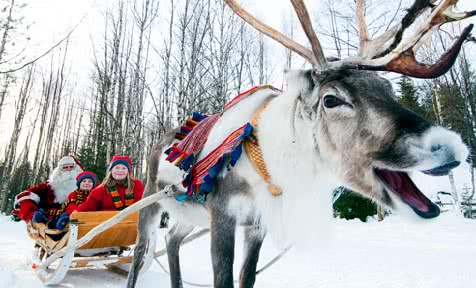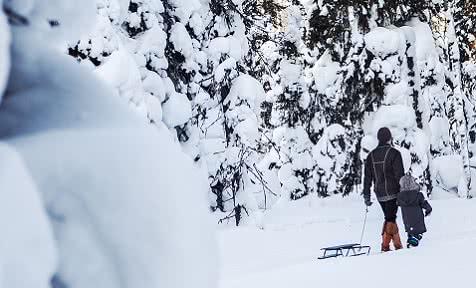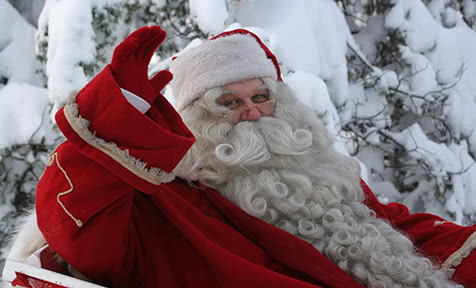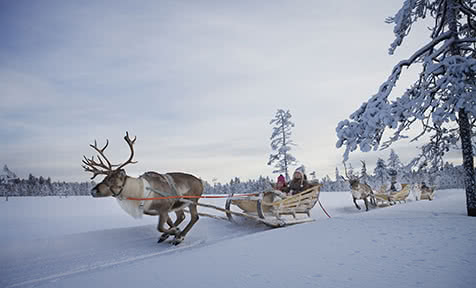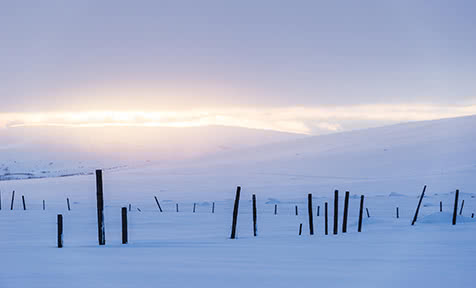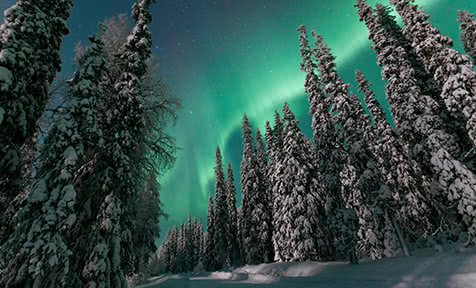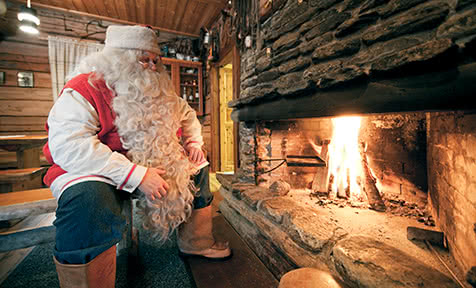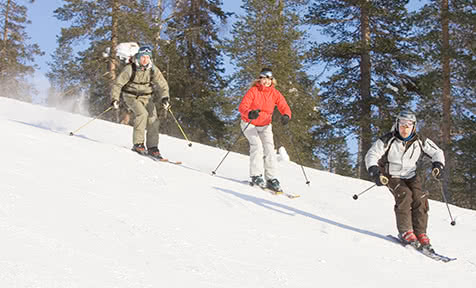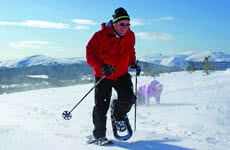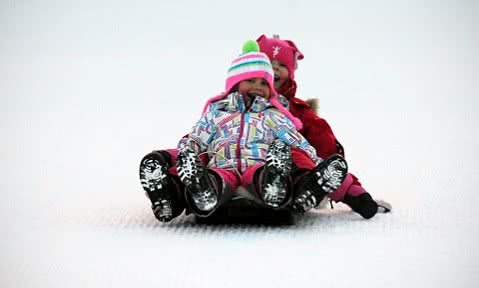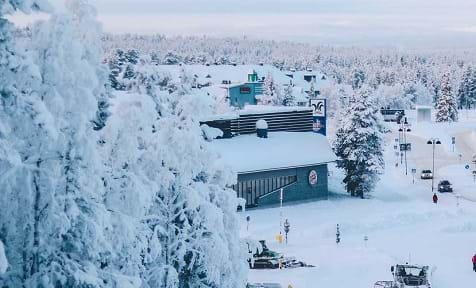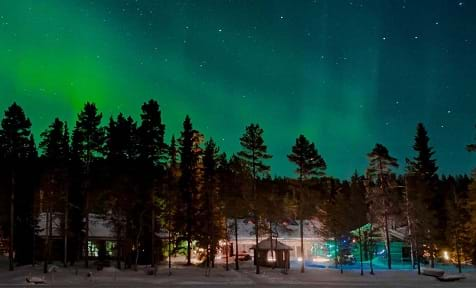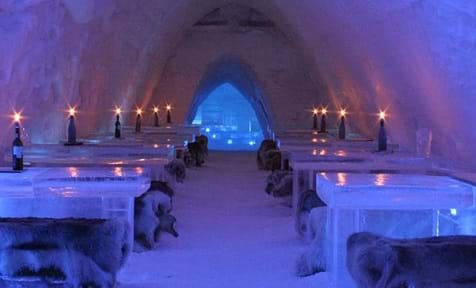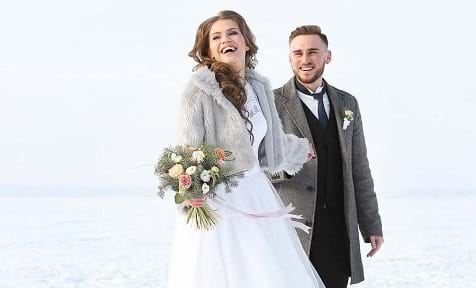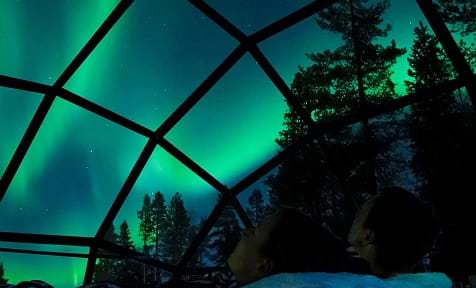Lapland Culture
Lappish culture and traditions from SNO
The culture of present-day Lapland features some wonderfully long-standing traditions – staying true to ancient Sami customs and beliefs.
And the area’s sub-arctic temperatures do nothing to reflect the warm Lappish welcome, where locals share age-old past times and practices.
with your own travel concierge. Don’t hesitate to drop us a line – we’ll
help plan your perfect Lapland Holiday.
020 7770 6888 ← online or call ↴
020 7770 6888
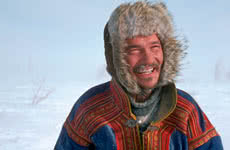
The Sami people
Across northern parts of Sweden, Norway and Finland over to the Kola Peninsula in Russia, thousands of indigenous Sami people roam the area of Sapmi or Lapland as we know it. They are the largest ethnic group in Lapland and speak a Finno-Ugric language. Where they actually originated from is hard to pinpoint exactly but we do know they have been around for a good few millennia. Traditionally, their way of life has been to roam through the countryside whilst hunting, fishing and herding reindeer. Their culture is rich with religion, folklore and mythology entrancing you into many stories of tradition and heritage. Central to their way of life are the colourful clothing or ‘gakti’. Different regions have slight variations and it is said that to protest against something, they turn their costumes inside out. Sami handicrafts from raw materials to embroidery are often sold to holiday-makers. Hollowed out Birchwood cups were traditionally used to drink from streams and they make purses out of reindeer hide. Through their craft skills they also learned to eliminate the sharp edges that got caught in pockets and knapsacks.
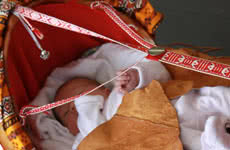
The Sami Yoik
The village of Karasjok in Norway is known as the Sami capital and here they have a culture park. You can experience their lifestyle and ideals, meet Sami people, eat Sami food (meat and fish) and hear the Sami Yoik. This is an interesting type of song or chant within the Sami culture. Part of their belief is concerned with souls (they believe natural objects such as plants and rocks have souls) and the Yoik stems from this. Words and music are put together to capture the essence of a single being. It can be very personal, composed at the time of a birth and is rather like a chant. The Siida national museum in Inari, a little village in Northern Finland, showcases the Sami way of life from history to ideology. There is also a Sami national day on 6th February – which is the day of the first Sami congress dating back to 1917. If you have young children, you’re probably more familiar with a Yoik than you think – the Yoik ‘Eatnemen Vuelie’ (The Earth’s Yoik) by Frode Fjellheim was used as the opening to the Disney film Frozen.
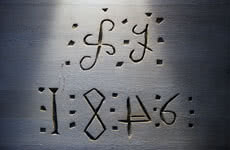
Celebrations
Easter is quite a prominent time of year for the Sami people as it celebrates the end of winter. The Sami Grand Prix is an annual event and holds slightly different connotations than you might initially think. It’s a song contest held in Kautokeino in Norway with many Sami’s competing by singing something that’s half song and half Yoik. Easter is also celebrated with a World Championship in reindeer racing, weddings, many concerts and theatre programmes. In July there is also a festival called Riddu Riddu which was started in the 1990’s as a declaration of Sami culture. It’s held in Norway, showcasing a range of the arts from dancing and theatrical displays to music and literary workshops or course.
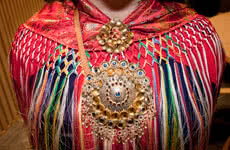
Gold Rush
In 1868 some lucky soul found some gold deposits in the Ivalojoki River. The following three summers had people far and wide coming to find their fortune – Lappish gold is up there with the purest of the world. Since then, mining and gold panning have been a large part of Finnish Lapland’s culture. Today you can try your luck along the banks of the River Ivalokoki and Lemenjoki as well as over at Tankavaara and Saariselka.
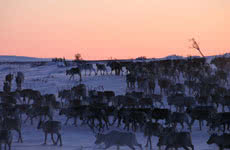
Reindeer herding
Reindeer herding has been part of Sami livelihood for generations and then some. Originally it involved a nomadic lifestyle, following the reindeer over the mountainous areas in accordance with the changing seasons. The official name for a group living together in this herding lifestyle is called a ‘siidat’ and might even be made up of several different families. Reindeer are used for food and clothing as well as traded as a currency.
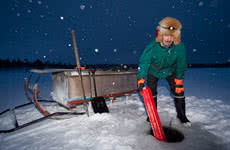
Ice-fishing
Ice fishing is a fascinating concept and well worth a go if you are heading to a Finnish resort this year. A hole is created in the ice and a fish hook is lowered down into it in the attempt for an arctic catch! The lakes and rivers are a prime place for catch within Lapland and many of the restaurants will fill their menu with some fish-orientated fresh-catch dishes. You are usually in a beautiful location and the safaris run in the area like to think of an inventive way to get there whether it’s by reindeer or snowmobile.





